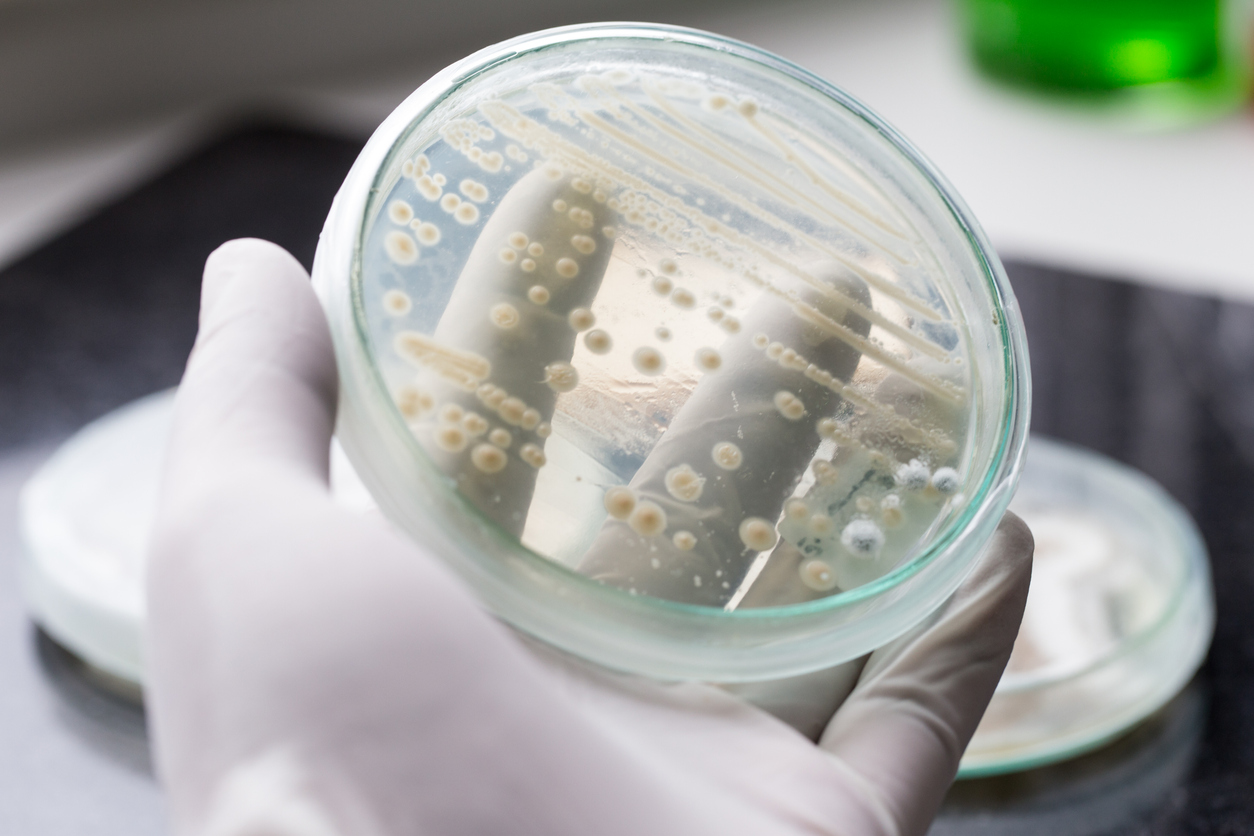
Development of CRISPR-Cas9-based Gene Drive in Budding Yeast
April 27, 2022| |
A research team at Kansas State University conducted a study to use budding yeast (Saccharomyces cerevisiae) as a model to develop a CRISPR-Cas9-based gene drive.
S. cerevisiae is a popular model organism in studying the fundamental aspects of molecular and cellular biology. Researchers use it to assess the technical feasibility of new technologies in eukaryotic cells. In this study, the researchers applied CRISPR-Cas9 to develop an artificial gene drive system in budding yeast that can edit several locations in the DNA simultaneously.
Results showed that the triple gene drive system can effectively edit three DNA targets independently using only a single copy of Cas9. The occurrence of non-homologous end joining could be impeded through modifications in DNA Ligase IV. However, successful gene drives still led to a small number of resistant or inactive clones, which was found to be caused by imperfect activation of the inducible promoter driving expression of the Cas9 nuclease or issues with multiplexing to artificial sequences.
Read more findings from Kansas State University.
| |
You might also like:
- Pocket K No. 54: Plant Breeding Innovation: CRISPR-Cas9
- Scientists Clone SARS-CoV-2 Genome Using Quick Yeast-Based Method
- Gene Drives Offer Sustainable Management of Vector-Borne Diseases -Experts
Biotech Updates is a weekly newsletter of ISAAA, a not-for-profit organization. It is distributed for free to over 22,000 subscribers worldwide to inform them about the key developments in biosciences, especially in biotechnology. Your support will help us in our mission to feed the world with knowledge. You can help by donating as little as $10.
-
See more articles:
-
Gene Drive Supplement (April 27, 2022)
- WHO Presents Latest Innovations in Controlling Malaria
- Gene Drive Model Increases Knowledge Against Destructive Bee Parasite
- Development of CRISPR-Cas9-based Gene Drive in Budding Yeast
- CSIRO Research on Spatial Modeling for Population Replacement of Mosquito Vectors
- CBD Acknowledges Science and Innovation Valuable for Conservation
- Experts Explain Difference Between CRISPR and Gene Drive
-
Read the latest: - Biotech Updates (December 17, 2025)
- Gene Editing Supplement (December 17, 2025)
- Gene Drive Supplement (February 22, 2023)
-
Subscribe to BU: - Share
- Tweet

